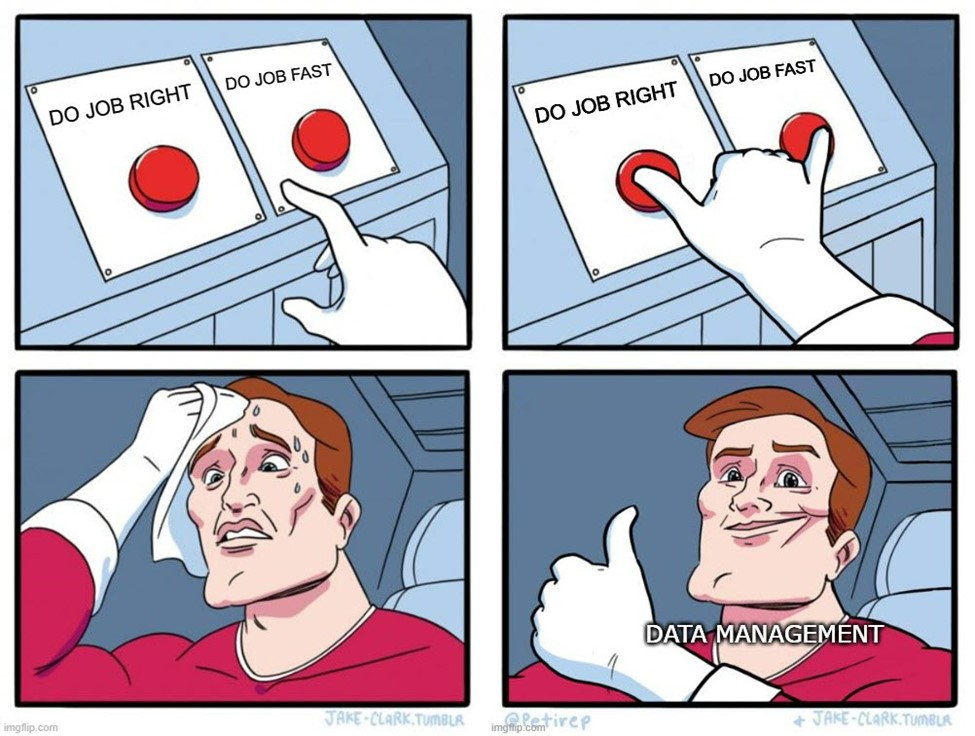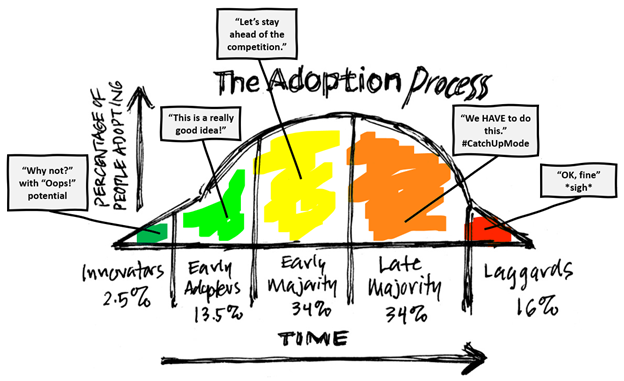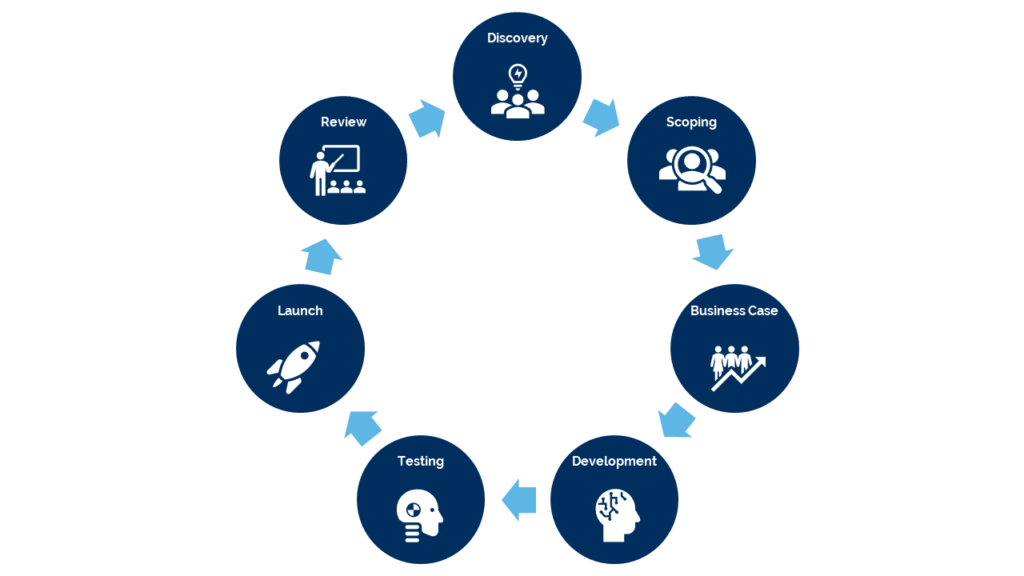Data Management Recap
In the last installment on this topic, 3 Key Pillars of an Effective Data Management Strategy, we covered the importance of data management and how it can surmount obstacles between your current state and the well-oiled machine you need for your product development process.
Increased throughput, data-driven business decisions, automated communication, reduced data loss, better security, etc., are all supported by the three pillars of data management. If you haven’t read it yet, take a look. TL;DR…the pillars are Data Integrity, Integration, and Accessibility.

Of course, I will posit that all (> 99%) of our CAD users should have some flavor of a data management framework in place, whether desktop or cloud-based, with or without project management, item management, customization, and so forth. In reality, the adoption rate remains far lower. The reason for this is, despite a growing awareness for data management, a shared understanding of the business case still lags.
The Cost of Unmanaged Data
Of those who have not yet adopted a data management strategy, 58% indicate cost is the leading obstacle. The cost of NOT implementing a framework is harder to quantify but equally important to consider. Without a purpose-built solution, our three pillars must be constructed by other means.
Typically, this becomes a patchwork of home-brewed stopgaps subject to an increasingly costly, perpetual maintenance cycle of obsolescence and remediation. To most, this is a less attractive expense to bake into the cost of doing business than the fixed cost of a software subscription equipped with all your data management needs.

Better still, your software support and advancements could be handled by industry experts at no additional cost, in the same cadence as new CAD releases, allowing you to recoup even more of your own human resources. Eventually, like everyone’s first car, it becomes more cost-effective to stop paying for repairs and invest in something more future-proof.
Data Management Justification
Not everyone has a dedicated continuous improvement department armed with time studies to justify a data management implementation. Our ROI tools can help us understand when the returns will surpass your investment.
Studies have shown that organizations without a data management solution spend five times longer searching for files than those with one. Most people multiply that time savings by the number of individuals on their product development team. This is a logical place to start, but it doesn’t need to stop there. One of the oft-overlooked elements of a data management solution is its reach.

Sans managed data, a product engineer or designer almost certainly spends way too much time searching for files even if they know what they are trying to find. Consider departments that need access to product data but have never been part of the design process. It takes them even longer. And it’s not simply while looking for information; It’s data sharing, generation, analysis, and conversion.
Extrapolated across customer service, manufacturing, cost accounting, purchasing, quality, etc., the time-savings coefficient rises. Executive sign-offs on data management initiatives should be automatic, given the ability to reallocate resources to higher-value tasks on that scale of magnitude.
Still, they aren’t, which is good news for those who have yet to dive in. Here’s why:
When Is the Right Time?
Data management is not only a disruptive technology; it’s a proven one. Risk tolerance is no longer a factor and the time to capitalize on a closing window of early adoption is nigh. An opportunity to proactively transform your data from a liability to an asset is also an opportunity to change your weaknesses into strengths and, ultimately, competitive advantages.

No matter how imperative data management is to your future, the only right time to get started is, of course, when the budget allows for it. Fortunately, your entry point does not need to be your final destination. It is possible, encouraged even, to plan big but start small by iteratively phasing in expanded functionality. This flattens the learning curve and allows you to increment your total spend over multiple phases of your long-term growth plan. The data management solutions we provide are designed to progress along a natural upgrade path, making this approach relatively seamless.
Next Steps
Through discovery meetings and scoping discussions, we will help determine the platform and approach to bring your future state into focus. We’ll hone in on your specific critical business issues and collaboratively design the solutions. It may be a fixed cost, preconfigured deployment aimed at getting you up and running quickly. It may also be a completely customized implementation configured to coalesce legacy data, preexisting business processes, or any other fringe case we uncover. In any scenario, we’ll be alongside you through implementation, training, and the years ahead when business growth demands upscaling your data management solution.

Admittedly, we’re biased. We’re data management homers. Superfans. We’ve seen what a game-changer it is, and we want that for you too. But we don’t expect a blog to convince you. Reach out to us, and we’ll show you its capabilities and begin charting your roadmap to managed data.
Want More?
Contact Us
If you are interested in learning more about how to empower your data to drive your success, contact us and explore our data management solutions further here.
Share
Meet the Author

